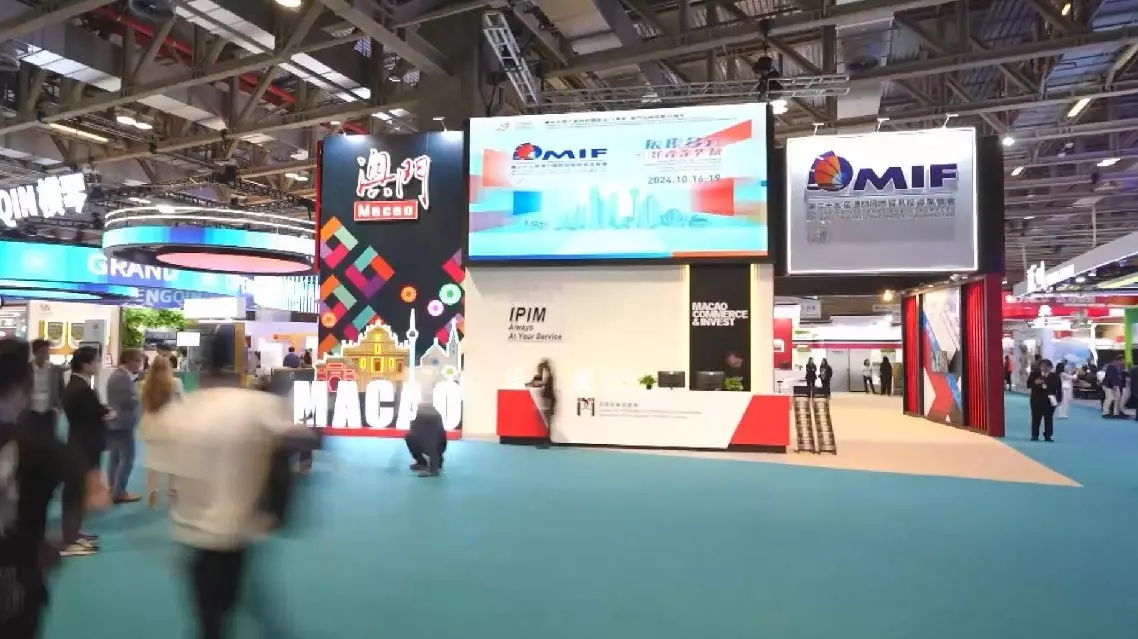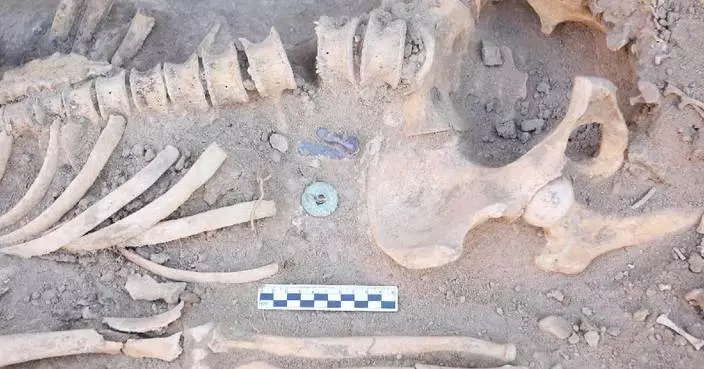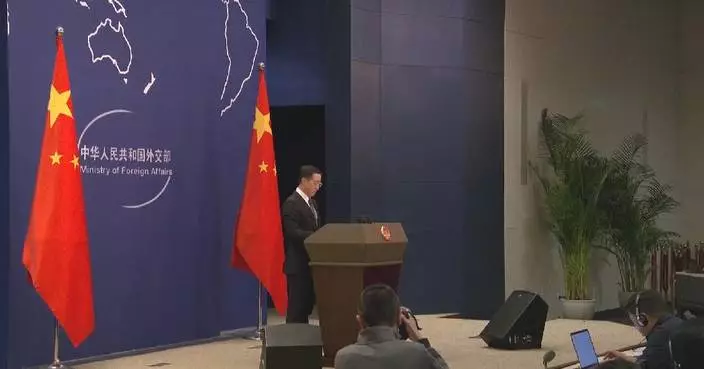The 2024 China International Fair for Trade in Services (CIFTIS) entered its fourth day on Sunday, captivating visitors with groundbreaking technologies, stunning digital art, and notable medical advancements on its first public open day.
Over the past four days, the fair has hosted nearly 200 forums and introduced more than 100 groundbreaking achievements. The public open day saw heightened interest in these technological and artistic advancements.
Highlights included a shield machine used in the world's longest underwater high-speed rail tunnel, showcasing cutting-edge construction technology, and an intelligent unmanned tower crane designed to reduce costs by more than one-third. Additionally, wall-climbing robots for elastic wave inspection were on display.
The high-speed rail exhibit drew significant attention, particularly for its autopilot system capable of precise parking and smooth vehicle control, attracting numerous domestic and international visitors eager to experience it firsthand.
"I have tried the China's high-speed railway train many times. It's comfortable, clean. You can see the scenery while you're traveling. And also today, I have the opportunity to experience the pilot job. So it's very good. I knew that the speed is 350 kilometers per hour. And the very important thing I knew today is autopilot. All the trains are autopilot," said a Danish visitor.
Another highlight was an unmanned aircraft cockpit, operated entirely via a screen with no manual controls, offering a novel low-altitude flight experience. This vertical takeoff and landing aircraft is designed for short-distance transportation, tourism, logistics, and emergency medical services.
The fair's integration of technology and art offered a visual feast, featuring exhibits such as the 'Most Beautiful Great Wall,' displayed in 4K on a large 3D screen, and 'Time Condensation Treasures,' a digital art installation inspired by the Palace Museum’s bronze-gilded water clock. These works were created by Blackbow Creative Design Institution, renowned for its visual effects work at the opening ceremony of the Beijing Winter Olympics.
"We have always aimed to tell China's story effectively through the fusion of art and technology, showcasing China's originality in digital technology to audience worldwide," said Wang Zhiou, founder of Blackbow Creative Design Institution.
The health sector also showcased notable advancements at the fair. Emergency drills conducted by Peking University People’s Hospital and the Beijing Red Cross Society’s air medical rescue team demonstrated their coordination and rapid response capabilities to representatives from the Shanghai Cooperation Organization.
"We foster collaboration in emergency medicine and promote the sharing of information. In the event of a public health crisis, we provide mutual support," said Wang Tianbing, vice president of Peking University People's Hospital and deputy director of the National Trauma Medicine Center.
Additionally, Beijing Tiantan Hospital, in collaboration with pharmaceutical research institutions, announced the establishment of a joint laboratory for amyotrophic lateral sclerosis (ALS) and neurorepair technology transfer. This lab will focus on tackling neurodegenerative diseases such as ALS, stroke, Alzheimer's, and Parkinson's.
The fair also unveiled the first 'Traditional Chinese Medicine Contract Development and Manufacturing Organization (CDMO) Common Technology Center' in Beijing, established to support pharmaceutical companies throughout the drug development and manufacturing process.
"We have developed a comprehensive, one-stop service that offers research and production technology support to our research entities," said Li Dejuan, deputy director of the Beijing Municipal Administration of Traditional Chinese Medicine.
Visitors can continue exploring the major exhibition areas at the China National Convention Center and Shougang Park, with free entry available until Monday.

CIFTIS wows public with tech, digital art, medical advances

CIFTIS wows public with tech, digital art, medical advances

Tech, digital art, and medical advances impress public at CIFTIS









